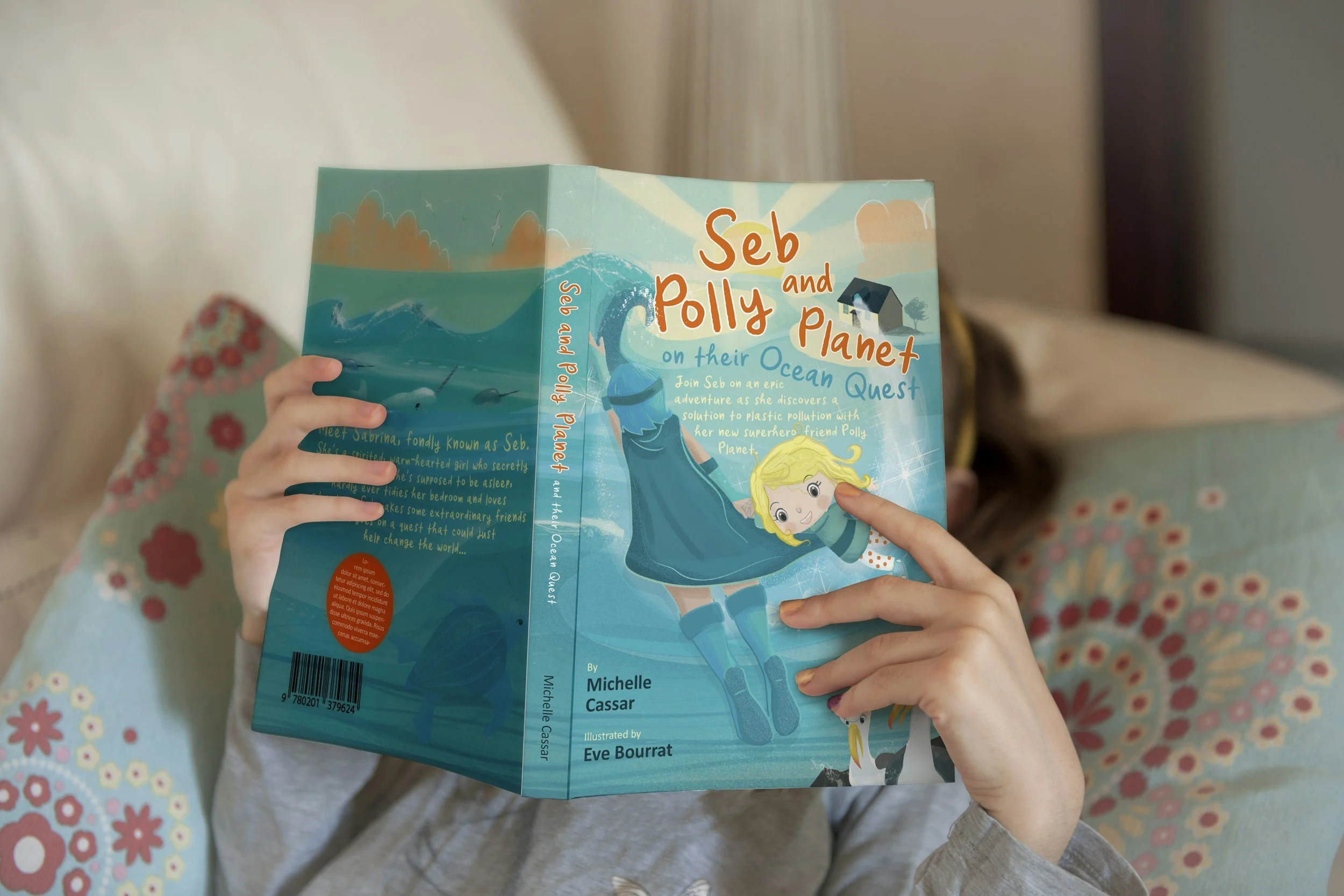Bilingual Books for Children: How to Share Stories in Two Languages
Stories have always been bridges. They connect cultures, families, and generations. When you introduce bilingual books to children, you’re not only teaching vocabulary — you’re giving them two sets of keys to unlock the world.
Whether it’s English and Vietnamese, Spanish and English, or any language pair, bilingual books create opportunities for learning and bonding that go beyond words.
Why Bilingual Books Matter
Children absorb language like sponges. When stories appear in two languages side by side, they naturally begin to connect meanings and sounds. Bilingual books:
Strengthen family ties when parents and grandparents speak different languages.
Preserve heritage languages while helping children thrive in their school’s language.
Expand cultural understanding and empathy through stories told in multiple voices.
How to Share Bilingual Books With Children
1. Read Aloud in Both Languages
Switching between languages may feel slow at first, but children enjoy hearing rhythm and tone in both tongues. You can alternate pages or paragraphs depending on the child’s age.
2. Pair Images With Words
Illustrations are powerful anchors. When a picture of a cat appears with “cat” in English and “con mèo” in Vietnamese, the meaning clicks faster and sticks longer.
3. Involve Family Members
Encourage one parent, grandparent, or caregiver to read in one language while another reads in the second. This creates a sense of continuity between home and outside worlds.
4. Start With Familiar Stories
Well-known tales, like “Little Red Riding Hood” or “Goldilocks,” help children connect meaning across languages without getting lost in the plot.
5. Make It Playful
Use props, role-play, or drawing activities after reading. This helps children use vocabulary actively, not just passively.
Choosing the Right Bilingual Book
Not all bilingual books are created equal. Look for:
Clear side-by-side text in both languages.
Accurate translation that keeps the storytelling tone.
Illustrations that support the text rather than overwhelm it.
Age-appropriate vocabulary that matches your child’s stage.
The Gift of Two Worlds
Reading bilingual books with children is more than a language lesson. It’s a way of saying: your voice, your culture, and your heritage matter — and so does the world beyond our doors.
Whether you’re raising a bilingual household or simply want to expose your child to another culture, these books help little readers feel at home in two worlds.
Ready to Create Your Own Bilingual Book?
At Scriptwell Studio, we specialize in Vietnamese–English translation and children’s book development. Whether you’re an author who wants to bring your story into a second language, or a parent dreaming of a book that reflects your culture at home, we can help.



